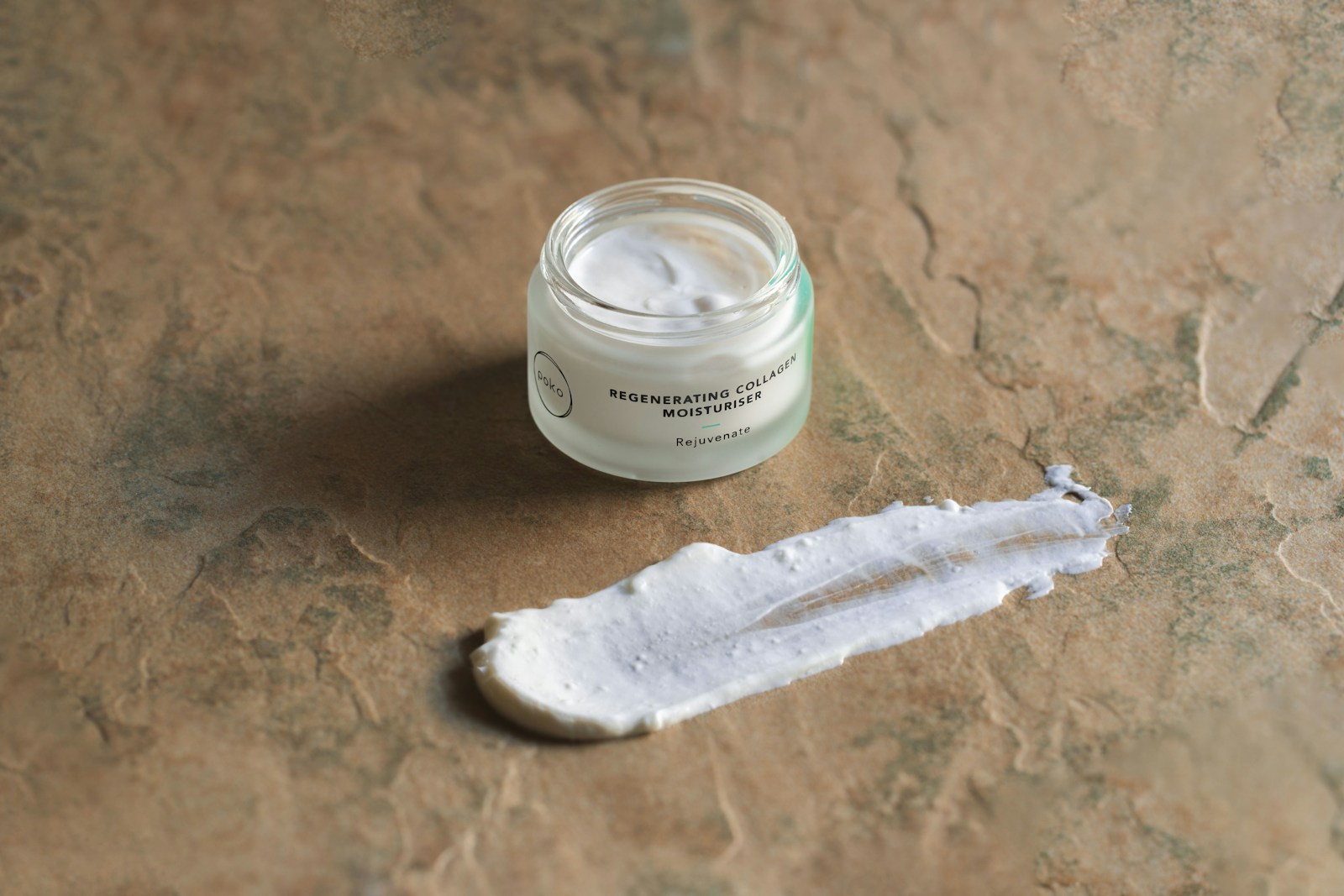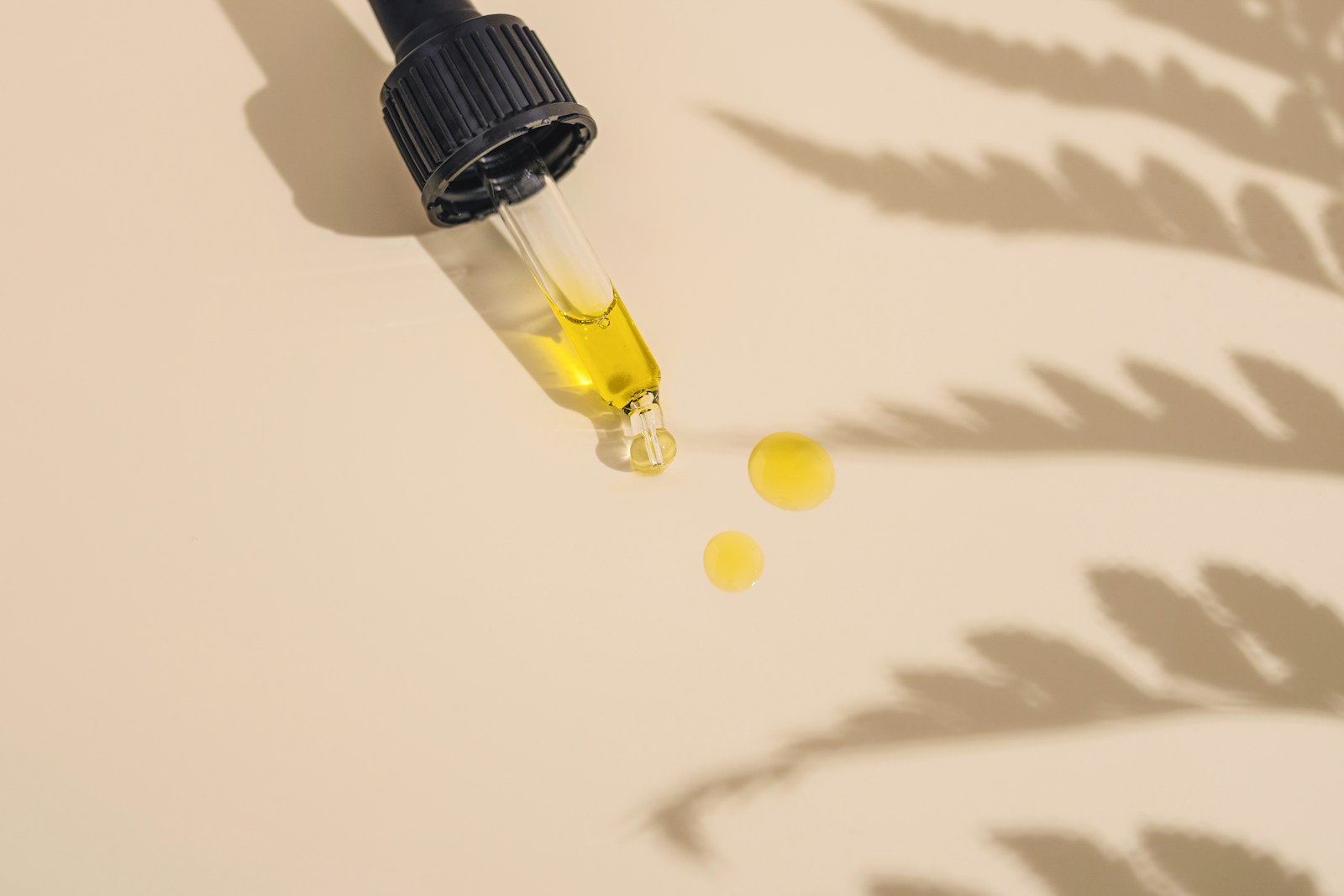
Dark spots, or hyperpigmentation, are areas of skin that are darker than the rest of the skin as a result of having too much melanin. Though harmless, dark spots will make people less satisfied with the look of their skin. Anyone who wants to have a smoother, brighter-looking complexion must be aware of why dark spots occur and how to deal with them.
Hyperpigmentation can happen for various reasons, ranging from sun exposure and inflammation to hormonal shifts and lifestyle habits. Although these spots may fade on their own over time, this process is often slow, prompting many to explore treatments that help restore a clear, uniform skin tone more quickly. Whether you’re looking to prevent them from appearing or reduce the ones already present, a range of expert-approved strategies are available.

1. What Causes Dark Spots on the Face?
Dark spots will not form unless they are triggered. Knowing the cause is the key to the right control of them. Too much sun exposure is one of the most frequent offenders. When hit by ultraviolet (UV) rays, the skin will secrete more melanin as a protective response. Excess melanin can become abnormally deposited and form pigmented spots known as sunspots or age spots on areas like the face, shoulders, and hands, especially.
Changes in the hormones are also a causative agent, particularly in the pattern of melasma. It most commonly is symmetrical blotchy dark pigments, typically in pregnancy or on initiating hormonal medications. It is more common in females, and ultraviolet light will aggravate the condition even with minimal exposures.
Another condition is post-inflammatory hyperpigmentation (PIH). This results from the inflammation of the skin by acne, eczema, or irritation from products that are used topically. When the irritation subsides, any residual discoloration is likely to last for weeks or months. Those with darker skin types are likely to suffer from this form of hyperpigmentation as their skin’s natural protection against the sun is to produce more melanin.
Some medical conditions and medications also make one more prone to dark spots. Antihistamines, antibiotics, and other medication cause the skin to be more sensitive to the sun, bringing with it a greater chance of pigmentation due to sun exposure. Certain medical conditions that involve the thyroid or blood sugar level can also impact the functioning of melanin along with the condition of the skin.
It is brought about by environmental and lifestyle stressors as well. Smoking, for instance, kills blood circulation and deoxygenates the skin, thereby speeding up aging and uneven tone. With the help of environmental toxins, these stressors will sum up and result in dullness and constant discoloration.

2. Preventing New Dark Spots from Forming
Even though a few of the causes of hyperpigmentation cannot be helped, there are a couple of things you could do in an effort to reduce your chances of developing dark spots. Immediately after sun protection is sunscreen. Using a broad-spectrum sunscreen with a minimum of SPF 30 every day cuts the effects of UV rays in half. This must be used every day, even on cloudy days or indoors by windows, as UV radiation penetrates.
Besides sunscreen, blocking the damaging rays physically by using protective clothing, i.e., sunglasses or wide-brimmed hats, might also make a difference. Also, staying in the shade during peak sun hours and not staying outside for too long without protection can help make a significant difference towards keeping the skin evenly pigmented.
Minimizing skin trauma is another effective means of prevention. Squeezing acne, scratching eczema, or using abrasive exfoliants traumatizes your skin and results in discoloration that is permanent. Gentle care of your skin and avoiding touching blemishes reduces the risk of dark spots forming during healing.
Selecting non-irritating cosmetics also prevents. Use products that don’t have any known irritants, such as strong fragrances or alcohols. These can lead to micro-inflammation, even though you might not see redness or reaction at first glance, maybe being a trigger for patchy pigmentation in the future.
Lastly, knowing your skin’s individual causes whether hormonal, environmental, or lifestyle-based enables you to customize your treatment. For instance, if you are aware that your skin is sensitive to sunlight or new products, precautions and strict prevention can keep your skin in check.
3. Useful Ingredients for Lightening Spots
Where brown marks do appear, a series of topical treatments will bleach them with the passage of time. They are typically based on active ingredients which prevent melanin synthesis, enhance cell turnover, or deliver antioxidant protection. The choice of the right ingredient for your own skin type is the secret to result without redness.
Retinol, a vitamin A derivative, will probably be one of the most researched, best fading products for dark spots. It promotes peeling off dead cells and forming new ones, which over time smooths and lightens. But retinol can get some people, particularly the newbies, so it’s a good idea to start slowly perhaps once a week and then build up to more frequent use as your skin acclimates.
Another reliable ingredient is vitamin C, an antioxidant that not only treats current spots but also guards against free radical damage that causes new coloration. Applied daily as part of a morning regimen, vitamin C lights and can allow your sunscreen to work more effectively.
Some of the other ingredients found in dermatologist-recommended products are kojic acid, azelaic acid, and tranexamic acid. These have a mechanism of action involving the inhibition of the tyrosinase enzyme that plays a role in melanin synthesis. These typically come in cream or serum formulations and can be used as a spot treatment or a general application, depending on what your skin requires.
For delicate skin types, niacinamide is a calming but powerful option. It fortifies the skin barrier, tames inflammation, and brightens the complexion. Since it is usually well tolerated, one can use it every day and couple it with other active ingredients safely.
Consistency is the key with any one of these treatments. All except for one or two will begin to make noticeable improvement in a matter of weeks, and early stopping will jeopardize gains.

4. Professional Treatments for Rapid Results
For darker and more persistent dark spots, professional dermatological treatments offer more dramatic and faster results. Professional treatments are normally done in-office and can include consultation to determine the best treatment for your skin type, condition, and budget.
The most well-known treatment is the chemical peel, where a chemical solution is placed on the skin to remove it and promote exfoliation of dead surface layers. It reveals smoother, healthier-looking skin over time. Peels are light to deep and a dermatologist is able to guide you on the appropriate one to utilize.
Laser treatments also work. These consist of focused light energy targeting melanin deposits to break them. Lasers are precise and well suited to targeting specific problem spots but may require several sessions and careful follow-up care to avoid side effects like rebound pigmentation.
Micro-needling, where minute punctures are made in the skin with very fine needles, may stimulate collagen development and firm and smooth the skin. It is particularly useful in the treatment of dark spots due to scarring or acne. With the administration of topical serum, micro-needling can increase product absorption and produce greater change.
Light treatments such as intense pulsed light (IPL) are also employed to lighten pigmentation. They treat a larger area and can be ideal for an individual with many or dispersed freckles.
Professional treatments, although quicker, come at a higher cost and at the expense of some time. A visit to a board-certified dermatologist is essential to ensure treatments are safe and compatible with your skin.

5. Creating a Long-Term Skincare Regimen for Smoother Skin
Treating dark spots is just not dealing with it’s creating a regular skincare regimen that translates into long-term healthy skin. The most effective approach is the interplay of prevention, focused treatment, and continuous maintenance.
Begin with a cleanser that does not strip away your skin’s natural barrier while getting rid of dirt and oil. Next, use ingredients that target your concern whether that is vitamin C in the morning or retinol in the evening. Moisturizers work to balance the skin, particularly when using treatments containing active ingredients that can dry the skin or irritate it.
Don’t overlook lifestyle and hydration. Adequate hydration with water, having an antioxidant-rich balanced diet plan, and quality sleep all enable your skin to regenerate and heal. Good stress management is also necessary as excess cortisol will aggravate your inflammation and skin condition in the long term.
Most importantly, consistency and patience are crucial. There is no single magic solution that works for everyone with hyperpigmentation, and what works for you won’t necessarily work for someone else. Sticking to it, steering clear of your triggers, and following up with a skin professional when necessary will get you to your skin goals more aggressively.





